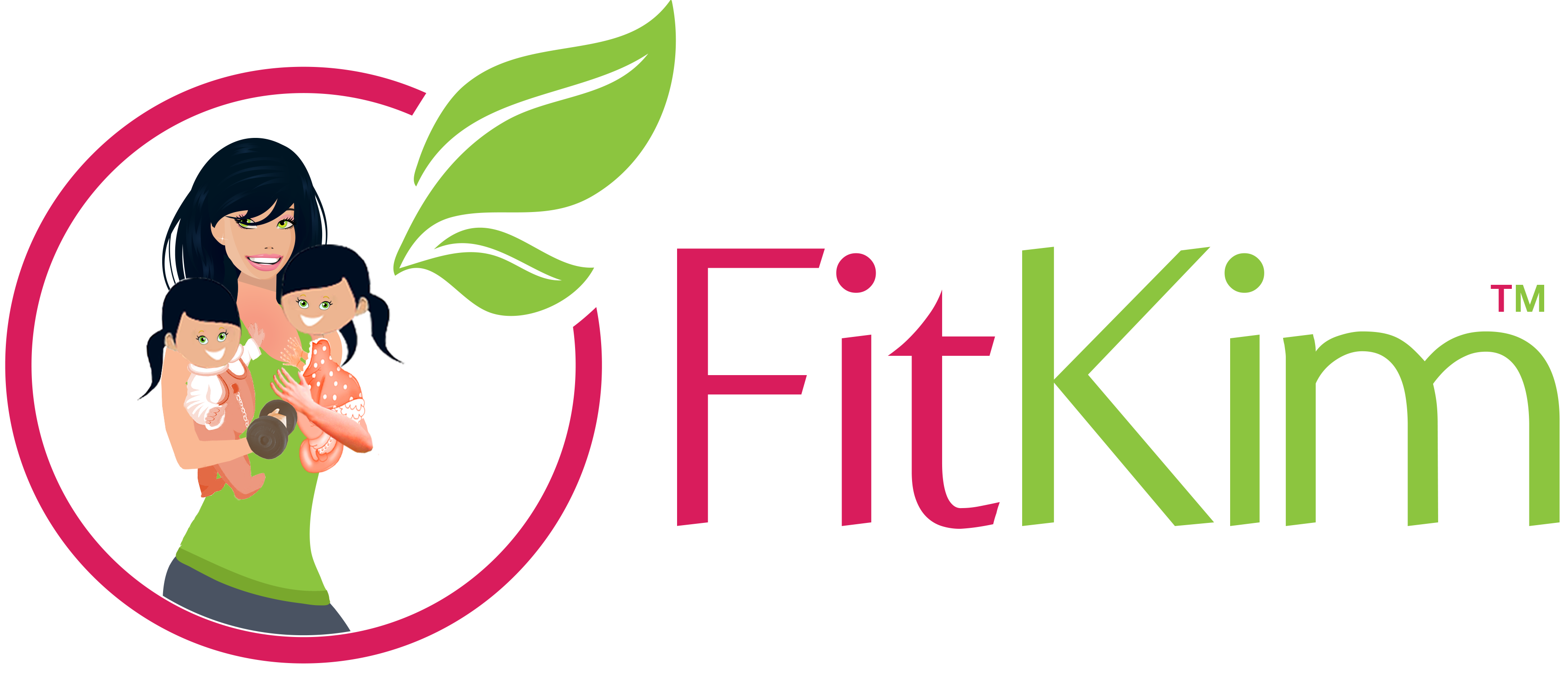With October being National Celiac Disease Awareness Month, I thought it would be important to clear up exactly what gluten is and why everyone can benefit from a gluten free diet. It is extremely important that you have a good understanding of what gluten is because it has a huge implication in regards to you and your family’s health.
 If I stopped ten random people on the street and asked them what gluten was and which foods had gluten in them, I bet you I would get ten different answers, with most likely none of them being completely accurate. Gluten is one of the trendiest words in the world of nutrition, and I think people assume they should know what it is. There are billions of dollars riding on the wheat industry, so mass confusion is the best case scenario for interested parties. Because of the negative impact on health, this industry would prefer everyone remain in the dark. I disagree.
If I stopped ten random people on the street and asked them what gluten was and which foods had gluten in them, I bet you I would get ten different answers, with most likely none of them being completely accurate. Gluten is one of the trendiest words in the world of nutrition, and I think people assume they should know what it is. There are billions of dollars riding on the wheat industry, so mass confusion is the best case scenario for interested parties. Because of the negative impact on health, this industry would prefer everyone remain in the dark. I disagree.
So let’s start with exactly what gluten is and how it has evolved into a global super commodity. Simply put, gluten is the protein component of wheat, among other less popular grains such as barley, rye, and bulgur. For those diagnosed with Celiac or gluten sensitivities, the gluten is the component that their digestive systems cannot break down properly. On top of that, this protein causes all kinds of problems such as IBS, nausea, cramps, foggy brain, insomnia, irritability, among other discomforts. So why is this?
To really understand why these ailments have exploded into an epidemic over the last 50 years, let’s take a look at what has changed. For thousands of years, wheat was enjoyed by many cultures around the world. (Check out this site for the only source of whea t I could find that dates back prehistorically!). Fast forward to the twentieth century when mechanized farm machinery was introduced. Striving to increase yield, scientists created new strains, crossbreeding various wheats and grasses, thereby making new genetic varieties in the lab. It was kind of like incest, but with crops-gross!
In 1943, the Rockefeller Foundation joined the International Maize and Wheat Improvement Center (IMWIC) to reduce world hunger. In Mexico, they were able to experiment with plant hybridization, producing thousands of new strains of wheat. They had two growing seasons, so yield doubled, and they developed a “dwarf” wheat that was shorter and stockier-reaching maturity quicker. This may have been more profitable, but there was ZERO testing on animals or humans before releasing it into the food supply.
This man-made wheat comprises more than 99% of all wheat grown worldwide today. Part 2 will look at what this means to your health and why you will want to reduce the amount of gluten you are consuming. Stay tuned!
*The information on this site is designed for educational purposes only and has not been evaluated by the Food and Drug Administration. It is not intended to be a substitute for informed medical advice or care. You should not use this information to diagnose, treat, cure or prevent any health problems or illnesses without consulting your pediatrician or family doctor. Thank you!
~by Kimberly Olson
About Me





